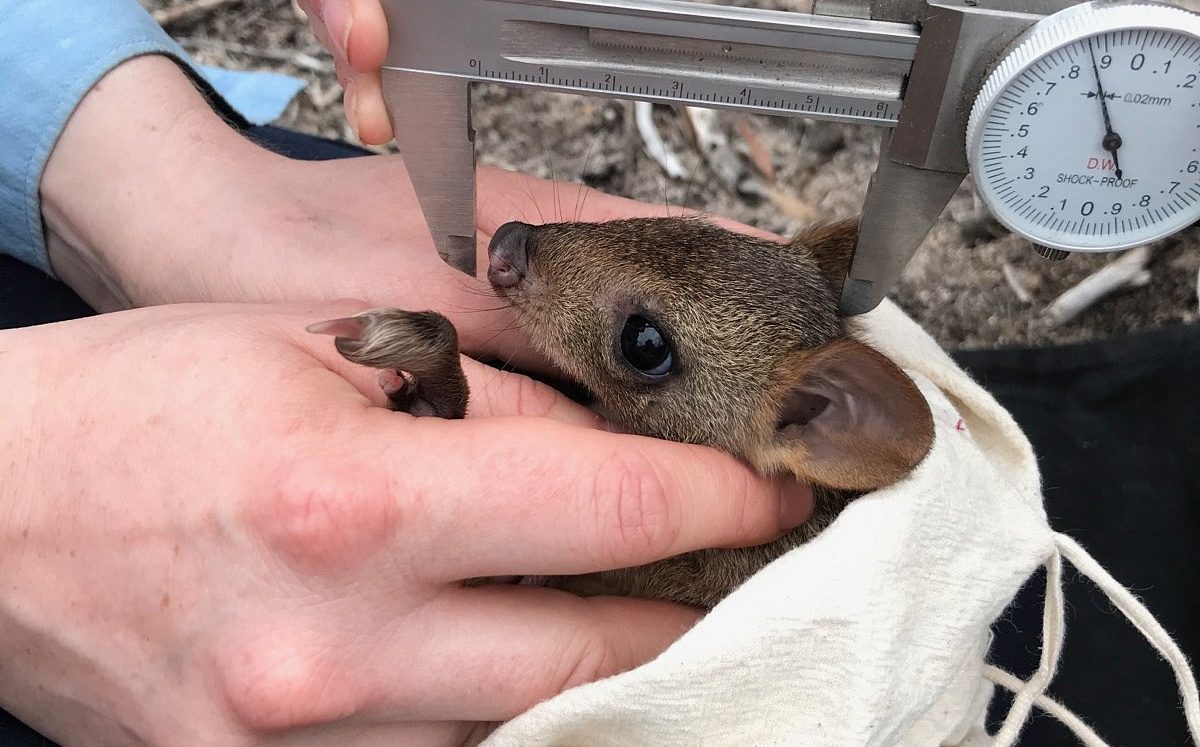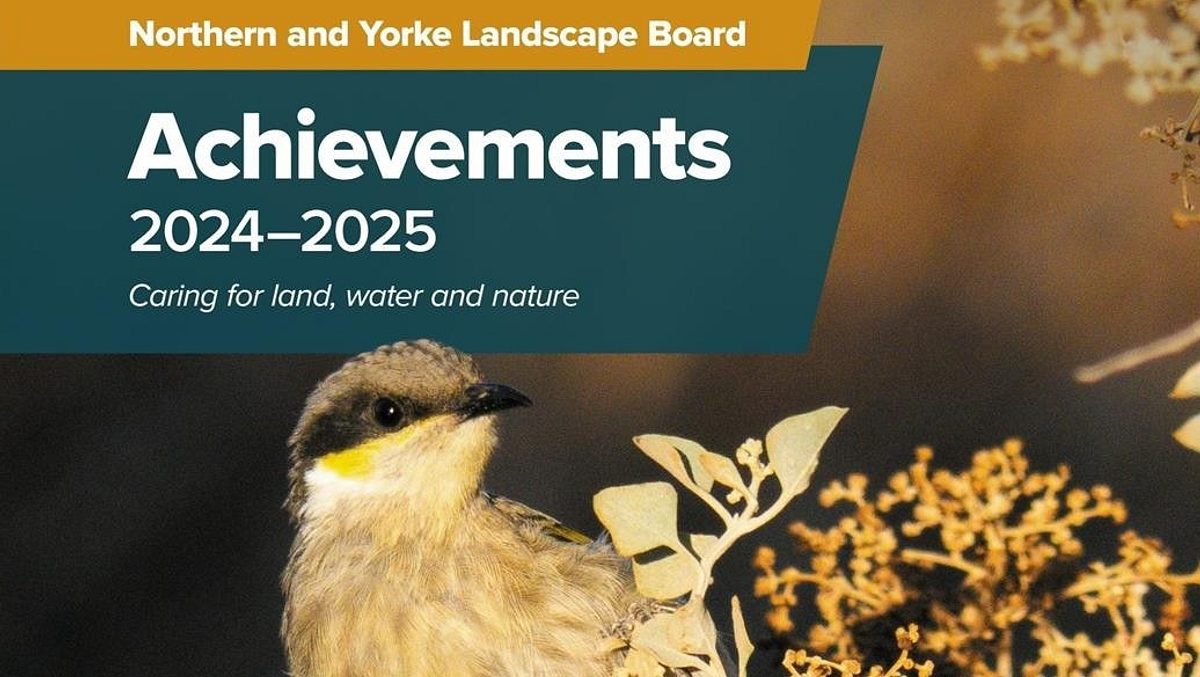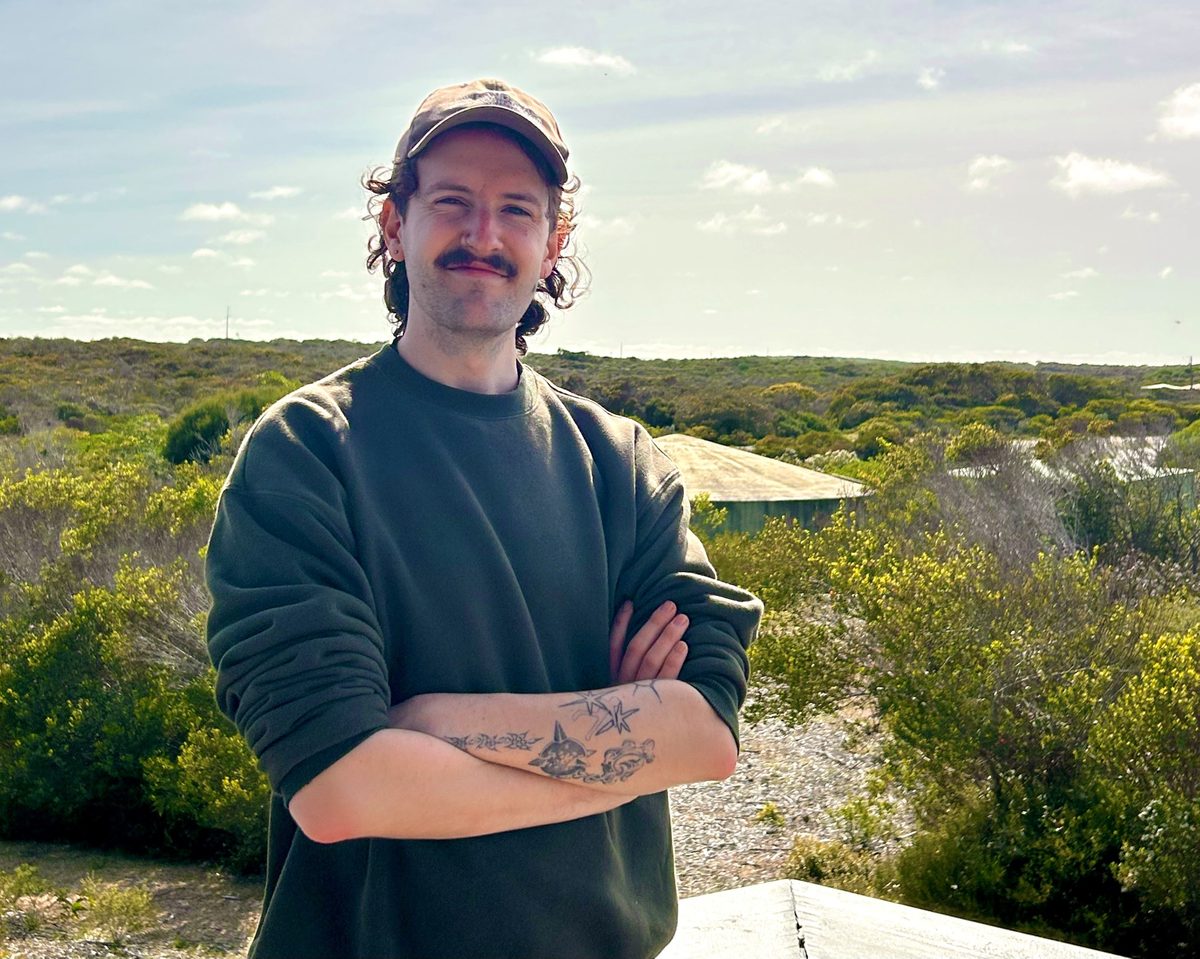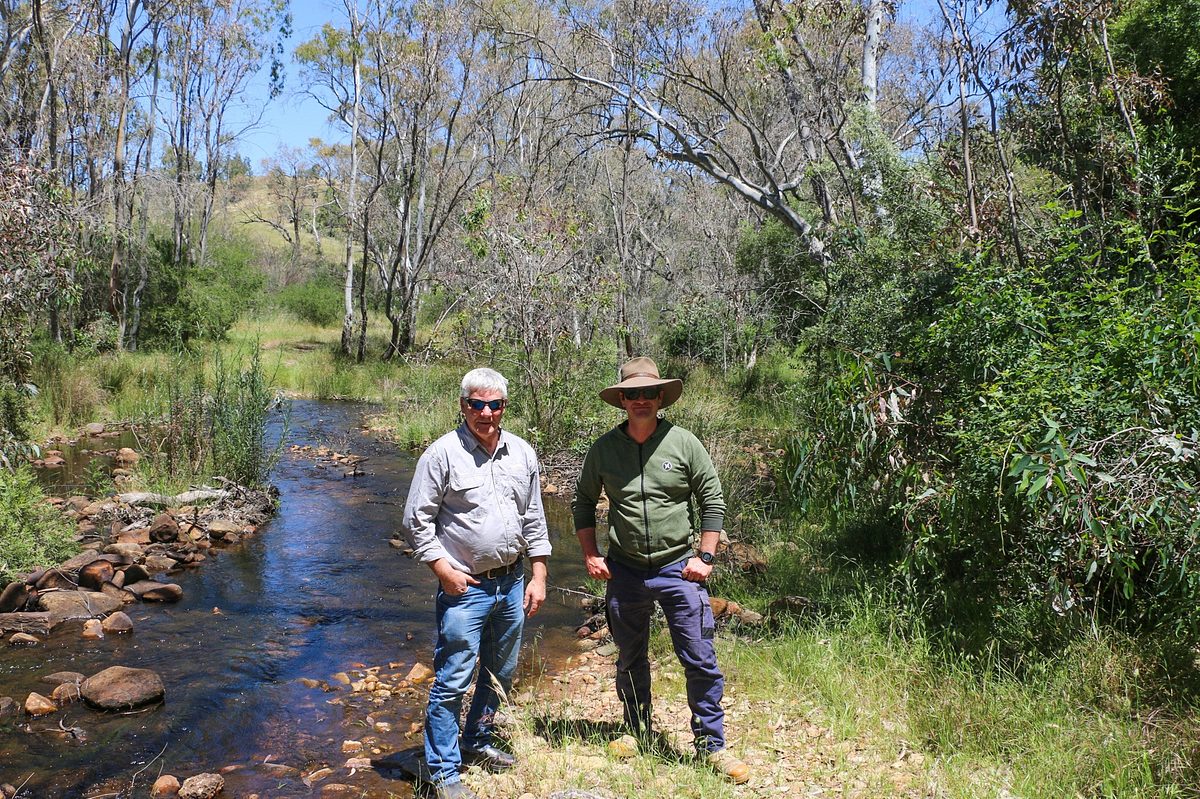Yorke Peninsula home to growing population of endangered marsupials
Researchers monitoring the brush-tailed bettongs released on Yorke Peninsula since 2021 have found positive signs of a growing population.
Out of the 83 bettongs captured in October, 31 were new animals born on Yorke Peninsula and 22 out of the 26 females were carrying pouch young.
They also found animals translocated from Wedge Island and Western Australia that have not only survived but are still reproducing.
Locally extinct for more than a century, 193 brush-tailed bettongs – known as yalgiri to Narungga people – were returned to Dhilba Guuranda-Innes National Park between 2021 and 2023 as part of Marna Banggara.

The ambitious rewilding project that aims to restore lost native wildlife is jointly funded by the Australian Government Natural Heritage Trust and the Northern and Yorke Landscape Board, a member of the Commonwealth Regional Delivery Partners panel.
Northern and Yorke Landscape Board’s Marna Banggara Ecologist Claire Hartvigsen-Power said two thirds of the yalgiri found during the monitoring program were born and bred on southern Yorke Peninsula.
“We’re seeing positive trends in population growth, which is what we really want to see in the early days of a reintroduction,” she said.
“We also found yalgiri still alive and well from each of the four translocations, including two females translocated from Wedge Island in 2021, who both had little pouch young on board.”

The Board’s Marna Banggara team coordinates monitoring of the yalgiri at least yearly to track the health and growth of the population.
A committed team of researchers and volunteers were part of the monitoring over 2 weeks in late October, including staff from the Board, Zoos SA, The University of Adelaide, WWF-Australia and National Parks and Wildlife Service SA, together with local volunteers.
"It's such a positive sign to not only have yalgiri from all translocations surviving, but to find adults that were born in Dhilba Guuranda-Innes National Park,” Zoos SA Conservation Ecologist, Paul Kotz said.
“It really highlights that the work done by the team to control cat and fox numbers is working.
“That control will have so many positive flow-on effects for the ecosystem in the park and the surrounding areas. The team have done a fantastic job."

Leaving at sunrise each day during the monitoring, the team trekked through the scrub checking traps that were set the night before with peanut butter balls.
These delicious treats made with peanut butter and oats proved irresistible for the yalgiri, with many coming back for a second or third taste over the monitoring period.
“It’s amazing to see a new generation of yalgiri being born on Yorke Peninsula. Every female I checked was healthy and carrying pouch young, which shows they are comfortable and finding food, shelter and mates,” said Francesca Roncolato, WWF-Australia’s Rewilding Program Coordinator.
“We could also see evidence of their diggings and soil turnover while walking from site to site. These little ecological engineers are working overtime, and you can see the benefits in the landscape.”

Yalgiri, which are known as soil engineers, have an important role to play in the landscape. One yalgi can turn over between 2 and 6 tonnes of soil every year, effectively composting leaf litter and providing conditions to stimulate new plant growth.
Yalgiri disappeared from Yorke Peninsula more than a century ago due to habitat loss and the spread of introduced predators including foxes and feral cats.
Marna Banggara aims to restore lost ecological processes and reinvigorate the southern Yorke Peninsula landscape. Find out more about Marna Banggara at www.marnabanggara.com.au.
Partners actively involved in developing and delivering Marna Banggara include Narungga Nation Aboriginal Corporation, South Australia’s Department for Environment and Water, Zoos SA, WWF-Australia, Regional Development Australia, South Australian Tourism Commission, FAUNA Research Alliance, BirdLife Australia, Nature Conservation Society of SA, Primary Producers SA, Primary Industries and Regions SA, Conservation Volunteers Australia, Northern & Yorke Local Government Association, Yorke Peninsula Council, Yorke Peninsula Tourism and Scientific Expedition Group.



